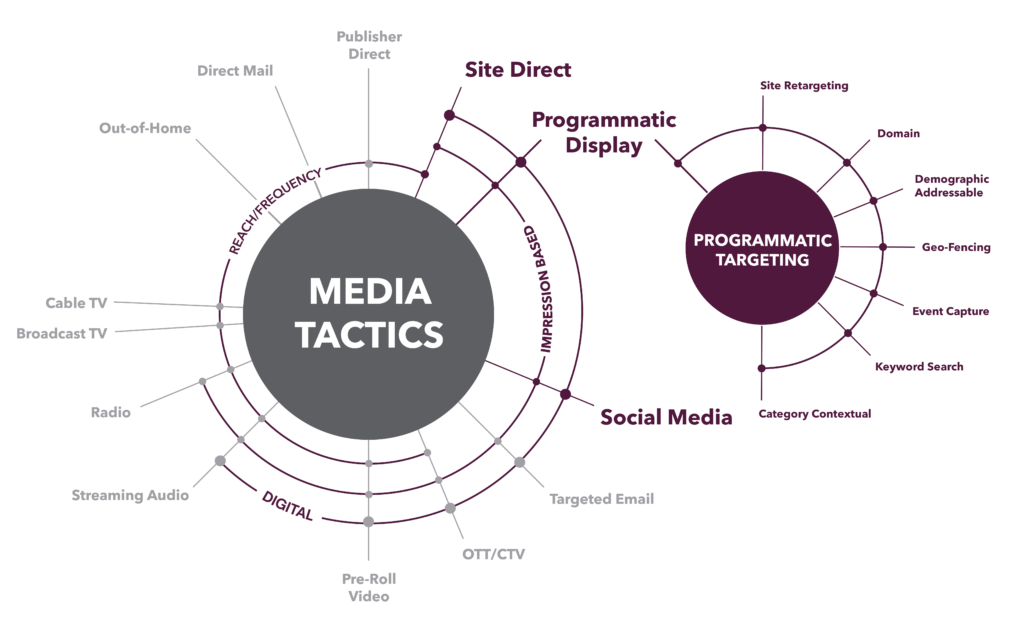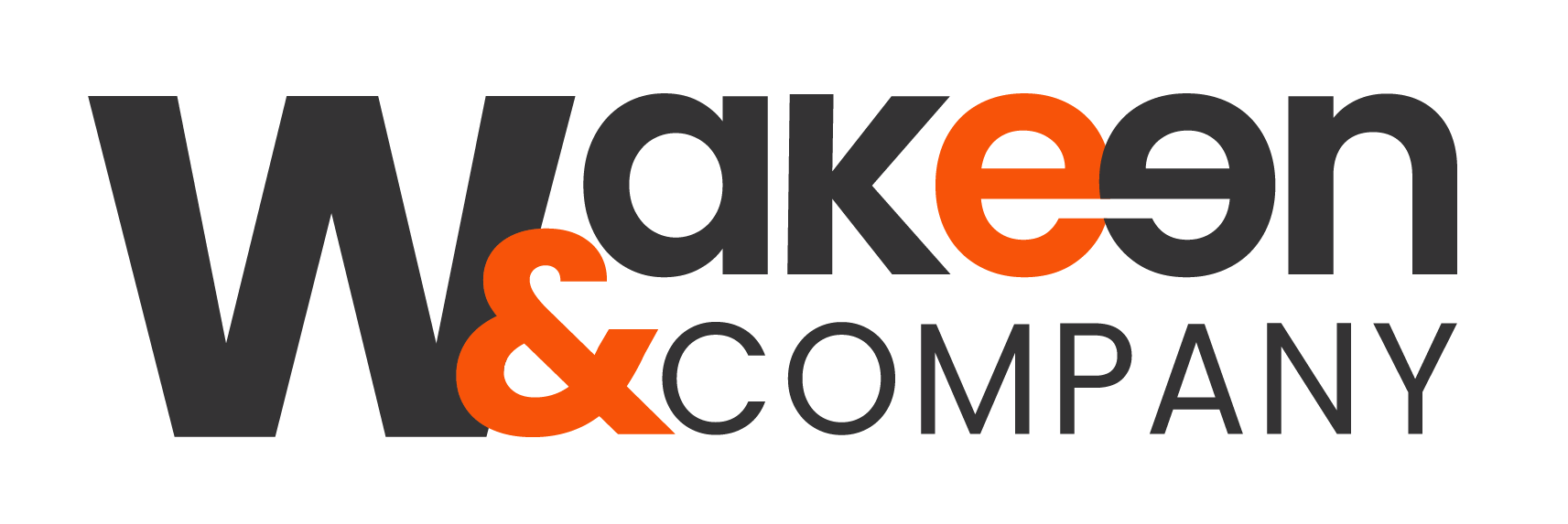Digital & Online

Digital/Online
Wow with confidence
Many of our clients and partners trust us with their print placement, but the world of media consumption has changed and continues to morph. To effectively reach your audience, it may require a layered approach that includes a combination of both physical publications and digital platforms. Just as we have done in the traditional space – going publisher direct, building relationships, negotiating for the most competitive rates and demanding accurate results – we have done the same in the digital/online domain.
Targeted | Efficient | Effective
Digital Placements
Display
Reach your audience on any brand-safe website across the internet. Ads are served based on the desired target audience demographics and/or behaviors. Build increased frequency through re-targeting.
Search
Create a pathway for your customers to find you through search with Search Engine Marketing (SEM) campaigns, including pay-per-click (PPC) and cost-per-acquisition (CPA).
Mobile
Deliver ads via mobile-enabled devices. With hyper-targeted geolocation capabilities, serve ads to customers based on where they live, work, visit or shop. Combine with display and CRM match to reach new and existing customers.
Social Media
Increase reach and expand your engagement via social media platforms. Boost your posts, create ad campaigns from posts and/or place a variety of ad styles across the platforms that will best reach your target consumer.
Unlimited Possibilities
Programmatic Targeting
Addressable Audiences
Reach your audience on any brand-safe website across the internet. Ads are served based on the desired target audience demographics and/or behaviors. Common demographic targets include: gender, age, household income, job type, job title, race, homeowner data, interests, hobbies, shopping habits, political affiliations, religious characteristics, etc.
Contextual Targeting
Ads are served via contextual targeting by focusing on the internet content of the material the user is viewing, rather than their demographic or behavioral interest.
Keyword/Search
Ads are served to users who have searched for a specific list of keywords or search terms recently. Not to be confused with SEM…these ads do not run within the Google search results, they are instead served to users in their internet journey thereafter.
Domain Targeting
A list of websites is collected that all publish material around a specific topic. Users visiting these sites are most likely interested in the particular content that they supply. Ads are then served via a "network" model across that finite list of websites (aka, domains).
GeoFencing
Target audiences are sometimes most easily identified by the physical locations that they visit. Geofencing capitalizes upon this model by identifying users who enter a specific location (fence) and can be served an ad in that moment & a period thereafter (up to 30 days). A popular spin-off of this tactic is called geo-conquesting, which refers to putting fences around competitor locations.
Event Capture
Event Capture is similar to Geofencing, but with the interest of collecting users within the fence and then serving ads to them at a later time. Usually, it needs to be a very large event or a series of events to build a big enough audience. Users generally fall out of the audience bucket after about 30 days.
Site Retargeting
Retargeting allows us to serve ads to anyone who visits your website (or subpage) by placing a tracking pixel on the appropriate page. An additional pixel can be added to a conversion page or thank you page in order to stop serving ads to those who complete your desired conversion.
What to look for in a digital partner
With so many digital advertising agencies out there, here are some key considerations when selecting a partner:
- Brand Safe Content: Filtering sites to ensure that content aligns with your brand image should be a primary concern. Look for a partner that offers continual monitoring and filtering based on Integrated Ad Science and MDAT standards.
- Open Sourcing: Flexibility and accessibility can make or break an online/digital campaign. Working with an open-source exchange partner allows you the flexibility to work with more qualified exchanges while giving you access to custom or niche sites that are outside the network.
- Competitive Rate Structures: You know that when you buy direct, you save money. This concept is no different in the digital advertising world. The further removed from the exchange network, the more you are paying for that inventory. You can save a substantial amount by cutting out middlemen.
- Burst or Test Campaigns: While committing to a long-term strategy is important, sometimes that strategy involves burst campaigns to launch or announce a new product/service. Perhaps you have a finite window to make an impact, such as with an event registration or political race. Maybe you want to determine feasibility or interest. Make sure your partner offers flexible advertising commitments to meet your changing needs.
- Fraud Prevention: Data and reporting are great, unless they are not giving you an accurate picture of your online activity. Ask your digital partner what standards they use to track and analyze fraudulent engagement. Bot and malware detection are a great starting point, but going to the next level with site quality scoring and historical data pattern analysis should be a standard part of protecting your campaign from inaccurate and costly reporting.
Media Tactics
TV & Streaming Video
Radio & Streaming Audio
Contact us to discuss digital advertising options
We know that you have many options and resources when it comes to digital advertising and we may not be the right fit for everyone, but we welcome the opportunity to discuss your needs. Request a quote today to get started with a test digital advertising campaign.
